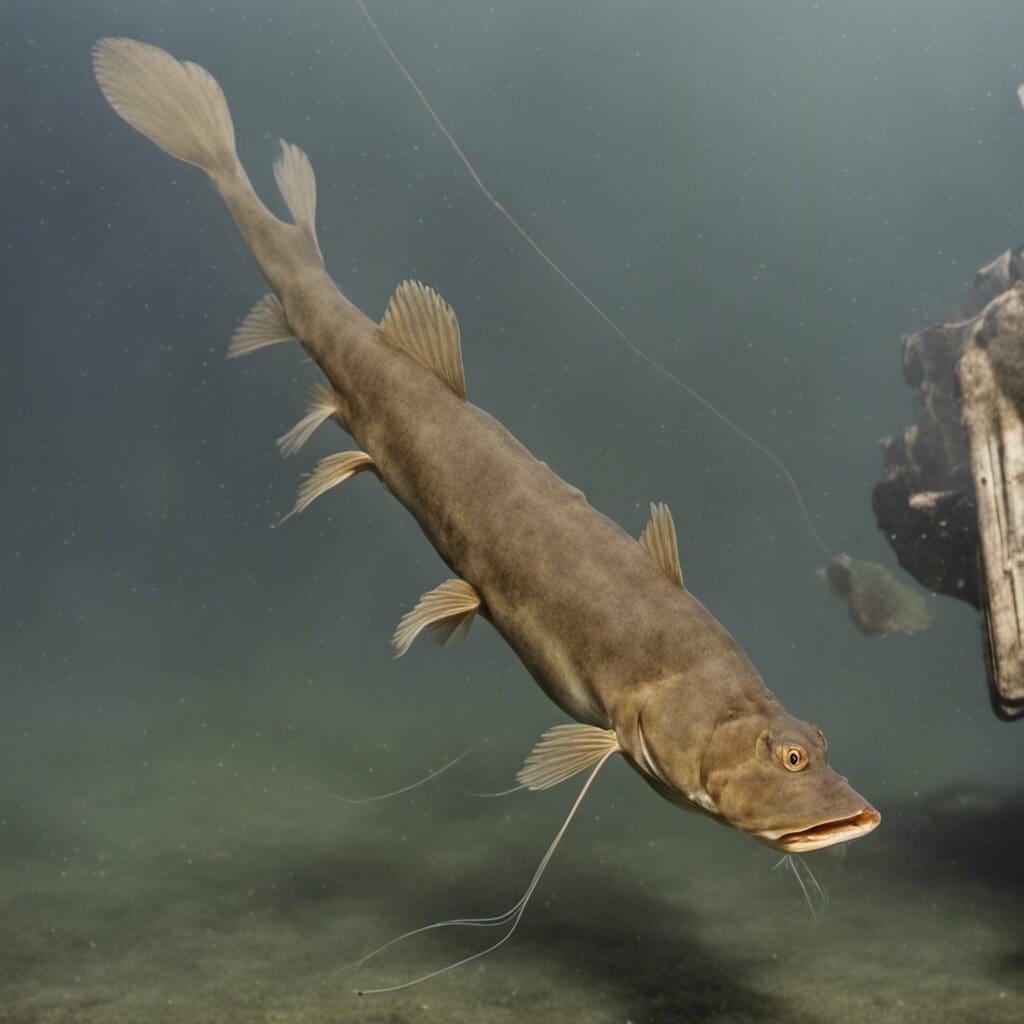Introduction
The Flathead Catfish, also known scientifically as Pylodictis olivaris, is a species that belongs to the North American native family of catfishes called Ictaluridae. This large bodied freshwater fish is well-renowned for its unique physical characteristics, along with its sporting and culinary value.
Conservation Status
The Flathead Catfish is classified as “Least Concern” in terms of conservation status according to the International Union for Conservation of Nature (IUCN). Conservation efforts are generally focused on population monitoring and habitat conservation.
Statistics
StatisticAverageRangeLength (in cm)6525-120Weight (in kg)202-60Average Lifespan (years)20N/A
Distribution
Flathead Catfish are native to North America and are widely distributed across the central and southeastern regions of the United States. Currently, there are no clear migration patterns observed or documented.
Habitats
The species prefers freshwater sources like rivers, streams, reservoirs, and lakes. Flatheads are found at a depth range from shallow waters to nearly 40 feet, and prefer a temperature range between 75°F to 80°F.
When and Where to See
Flathead Catfish follow a nocturnal behaviour, making night time the best to spot them. They demonstrate a pronounced seasonal pattern, becoming more active in the warm summer months than in winter.
Best Fishing Locations
- Mississippi River, USA
- Missouri River, USA
- Ohio River, USA
- Lake Dardanelle, Arkansas
- James River, Virginia
If specific locations aren’t known, anglers can look for them in areas with rocky bottoms, fallen trees or large boulders in freshwater bodies.
How to Catch
Among the most popular baits are live small fish, clams, and nightcrawlers. Techniques used to catch Flathead Catfish include bottom fishing, drift fishing and bank fishing. The best time to fish is at night, especially during the summer months.
Identification Guide
Flathead Catfish are easily identifiable by their flat heads, muddy-yellow to brown color, lower jaw protruding beyond the upper jaw and a spiny dorsal fin.
Culinary
Flathead Catfish is highly valued for its taste. With a mild and sweet flavour, it is often grilled, fried, or used in fish soups. Rich in protein and Omega-3 fatty acids, it is a healthy addition to a balanced diet.
Additional Information
Flathead Catfish mainly feed on other fish, crustaceans, and insects. They have a few natural predators like larger fish and turtles. These fish hold cultural significance in various regions of the USA, often being the centerpiece of local fishing festivals or competitions.
References and Further Reading
For further information on Flathead Catfish, the below sources are recommended. Keep in mind all these resources always open in new tabs.
- IUCN Red List
- FishBase
- iNaturalist
- U.S Fish and Wildlife Service

